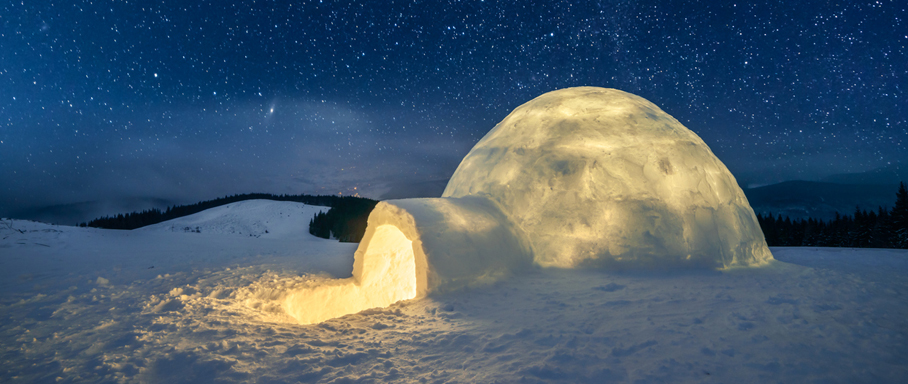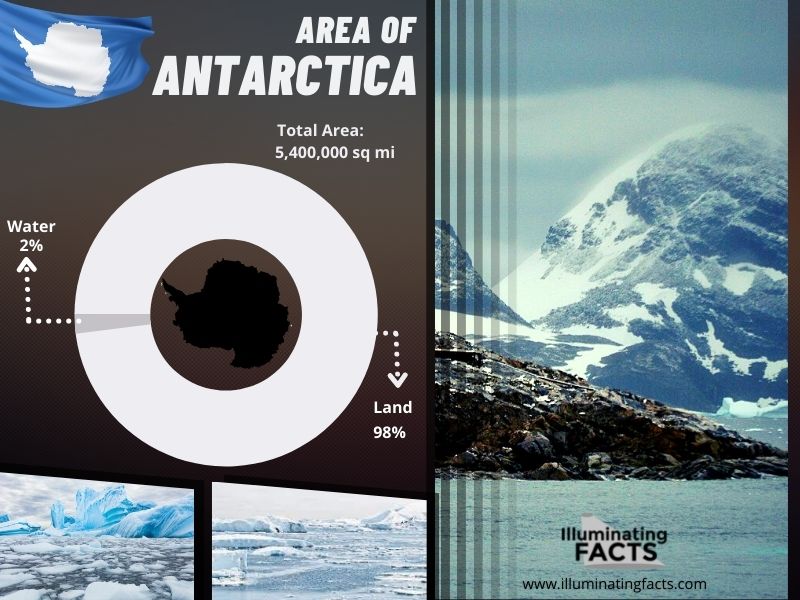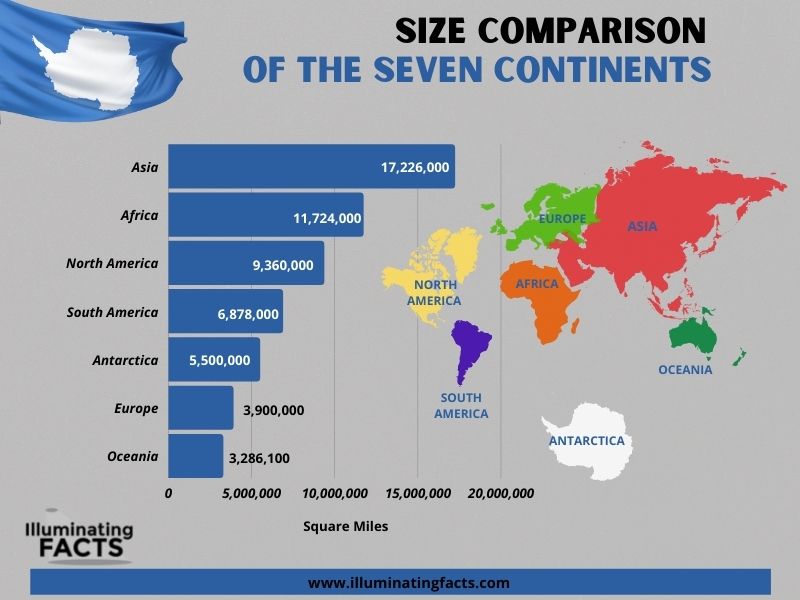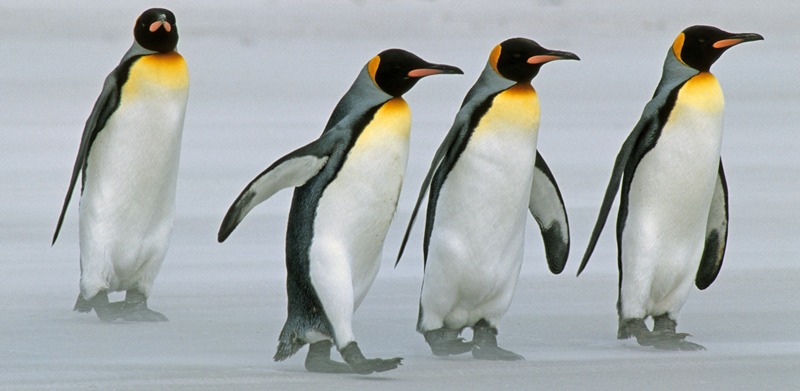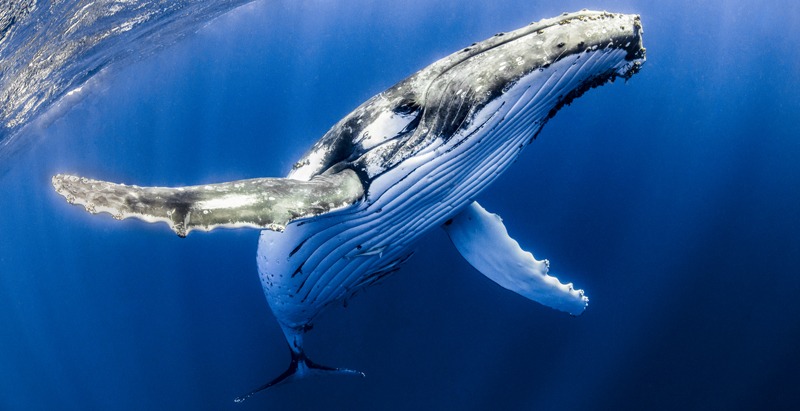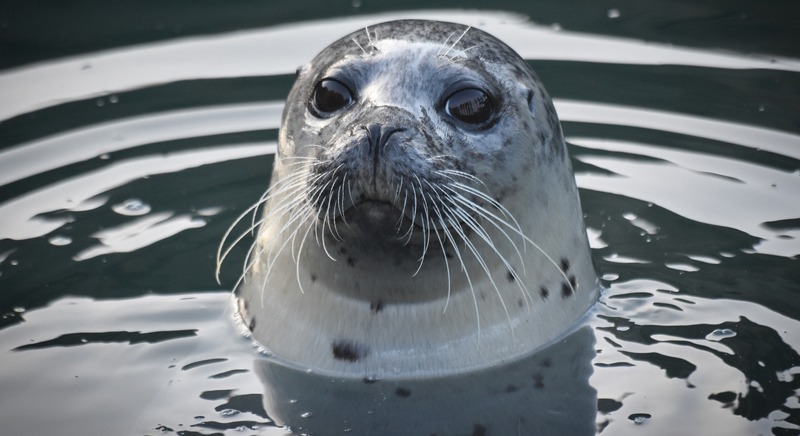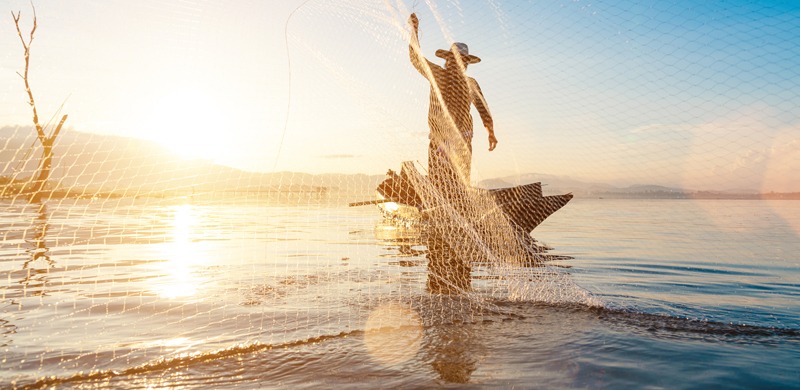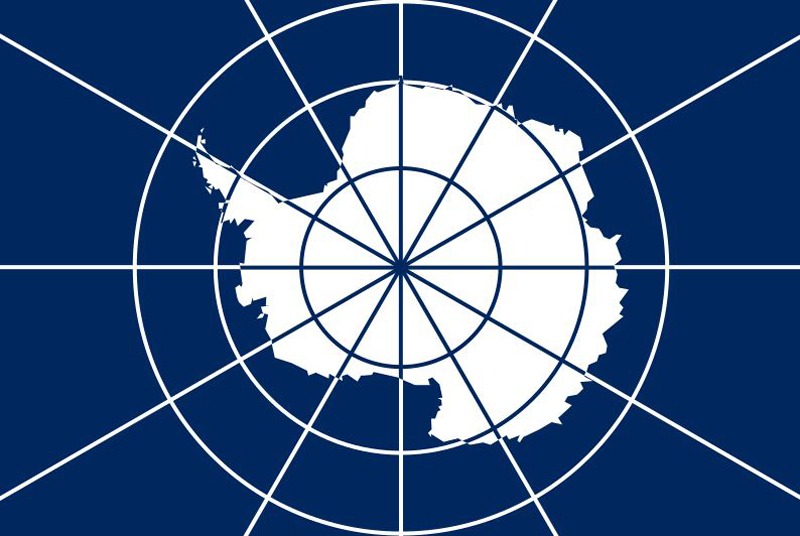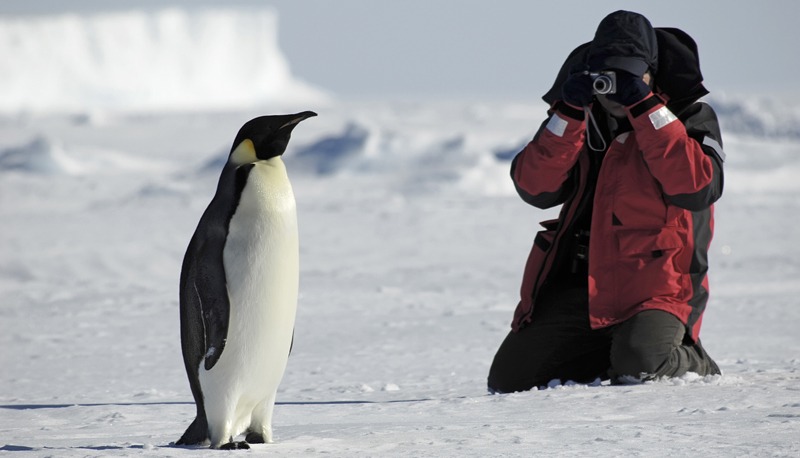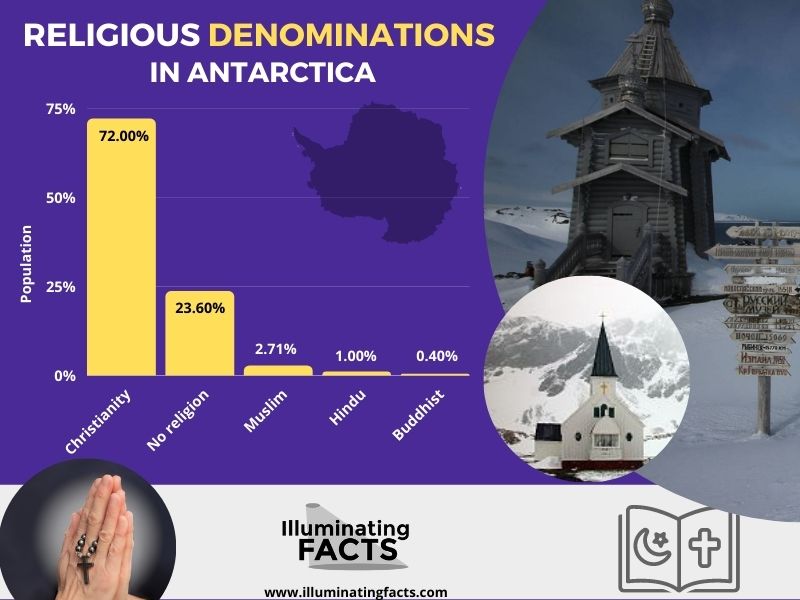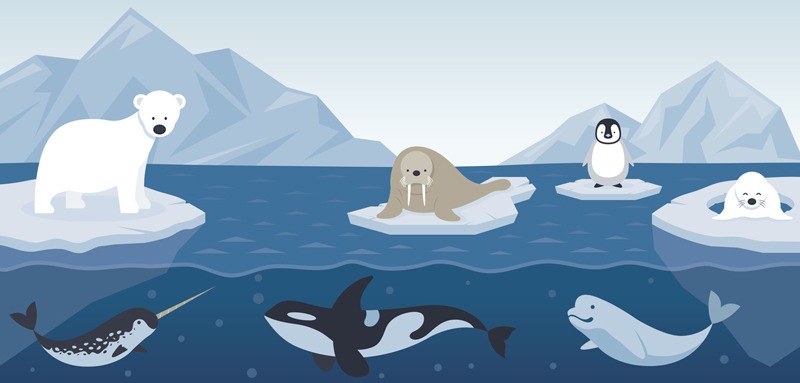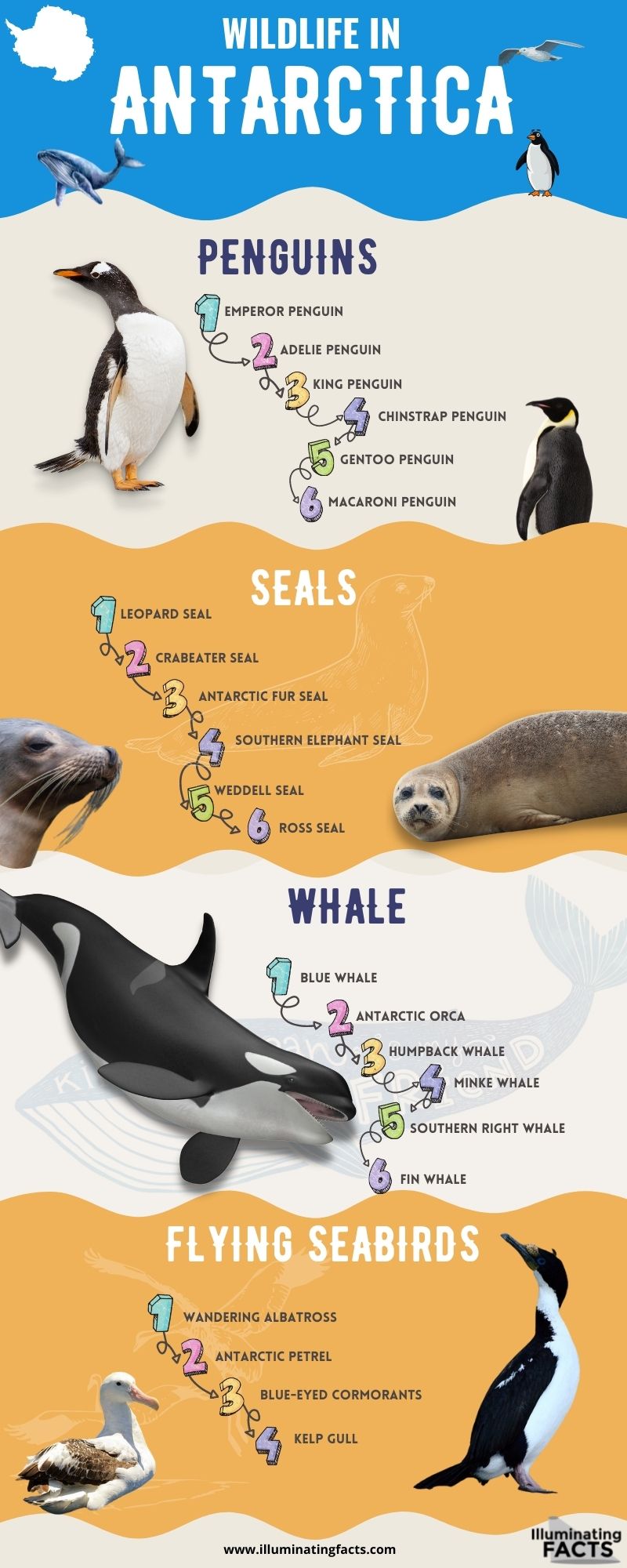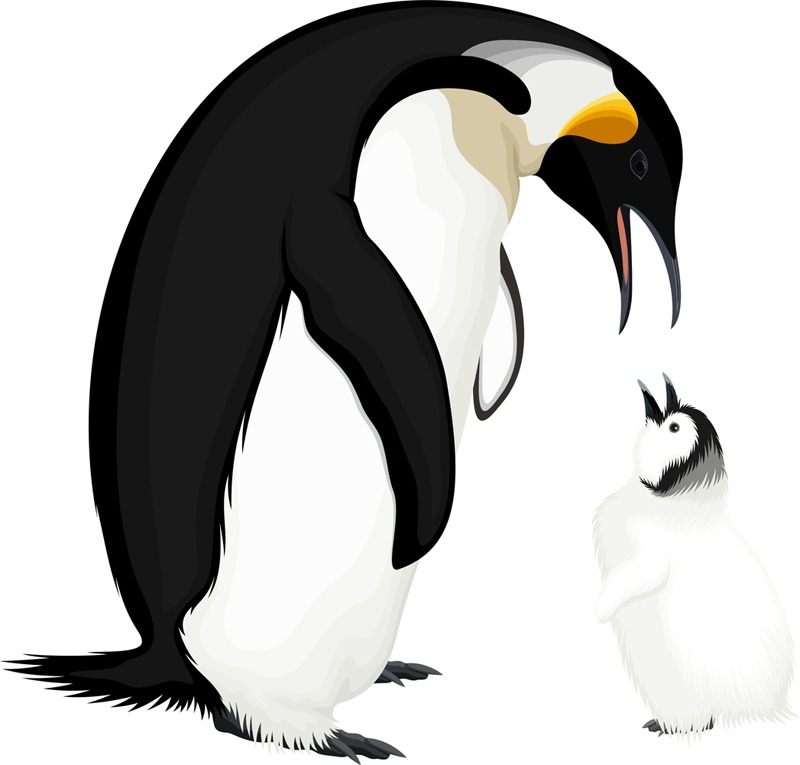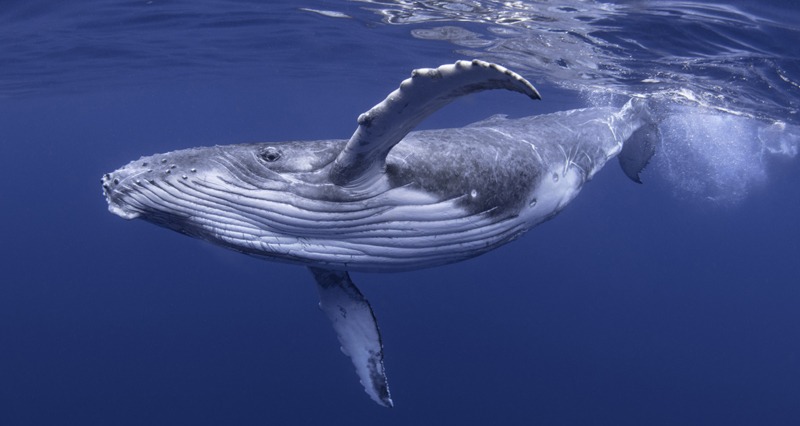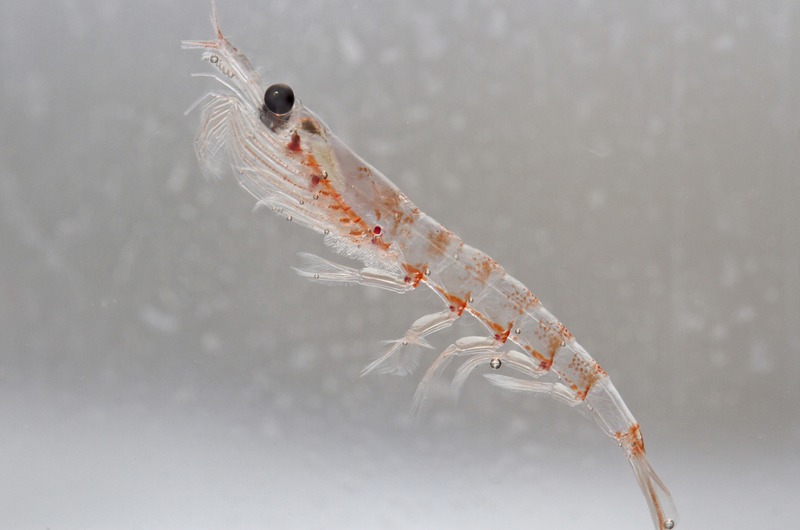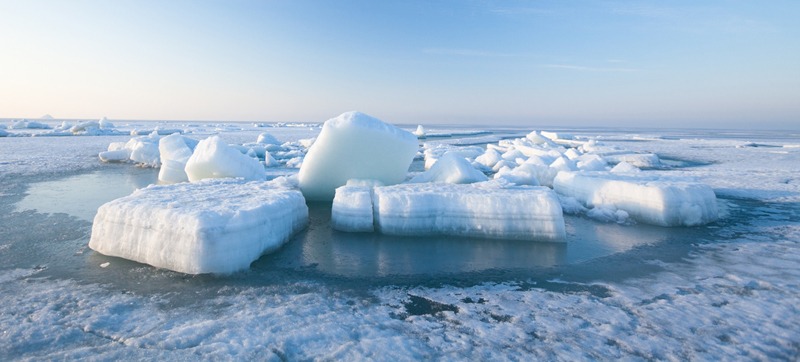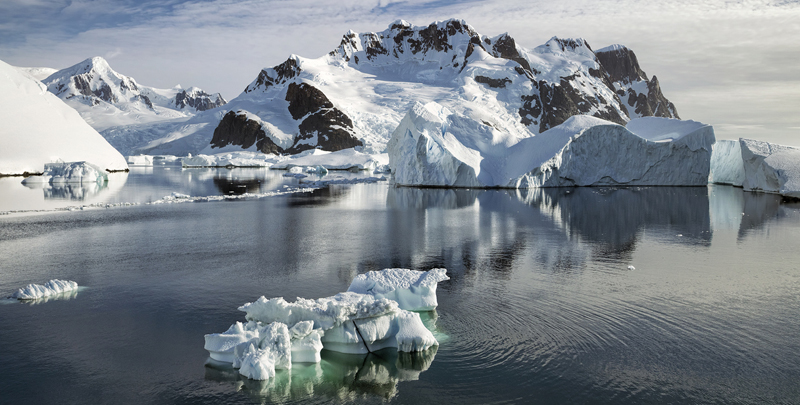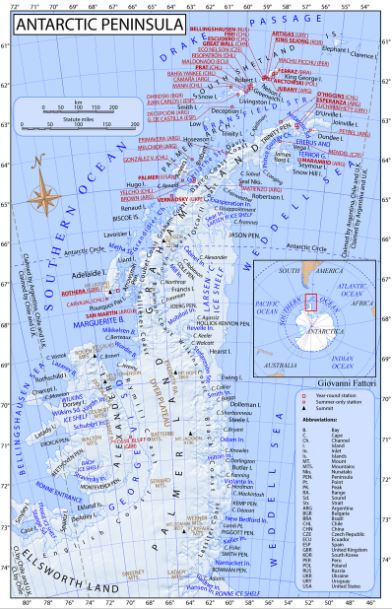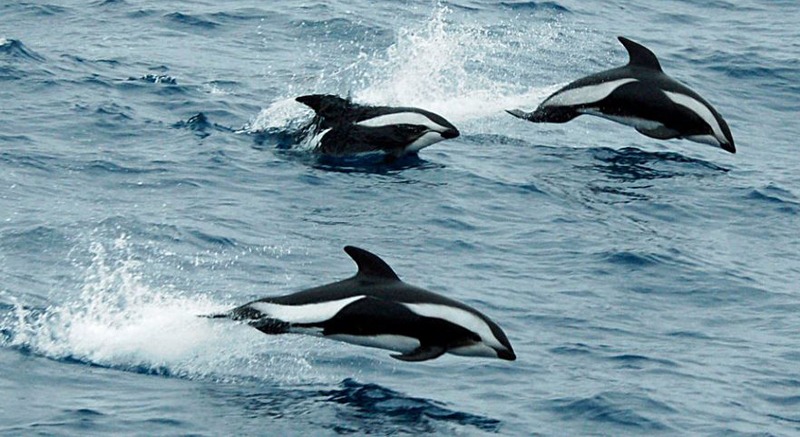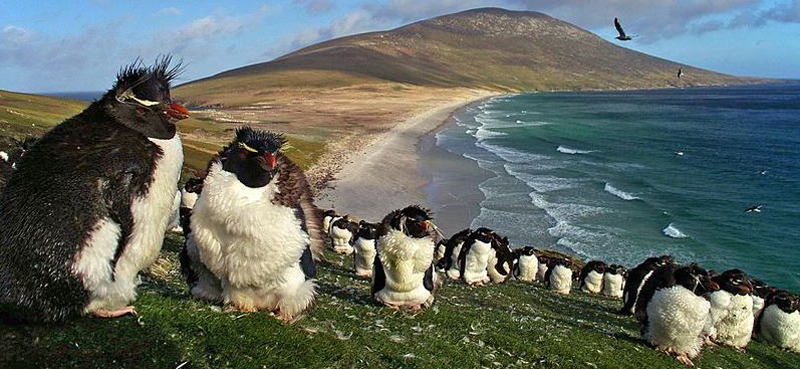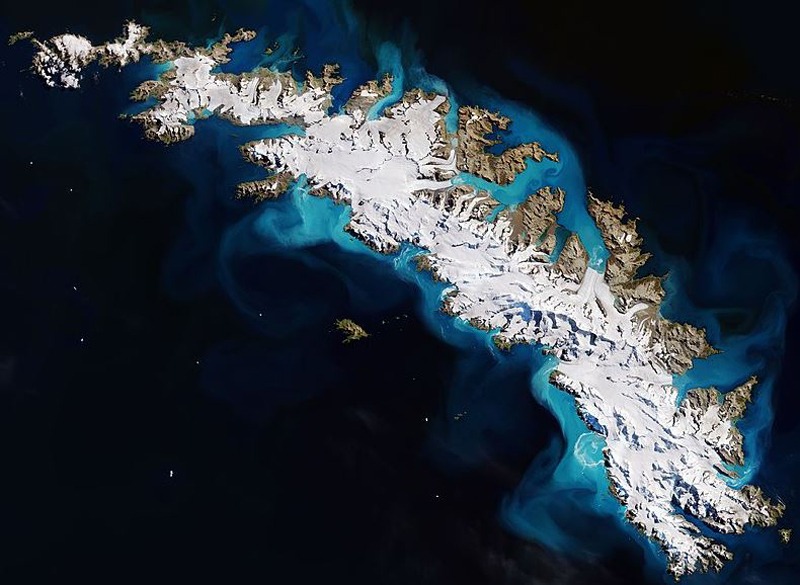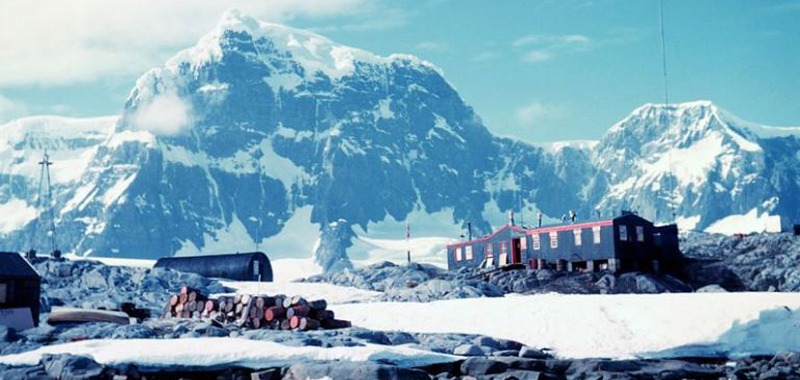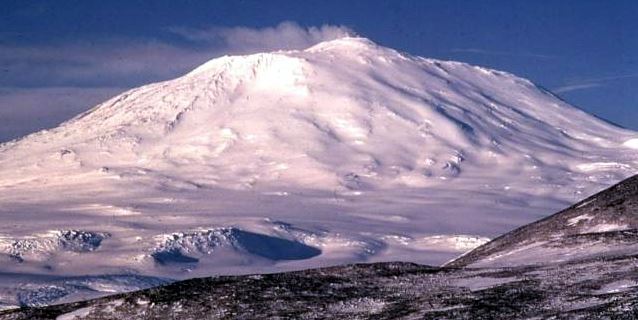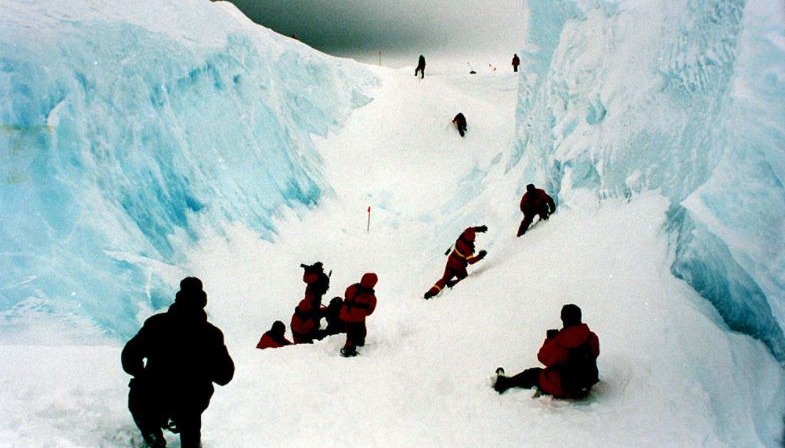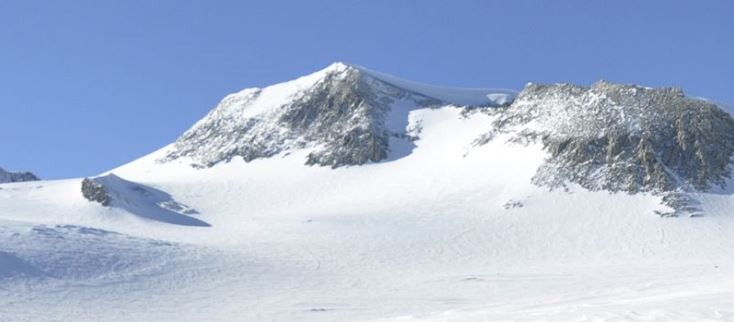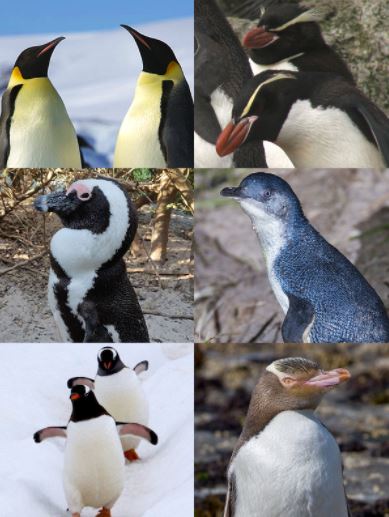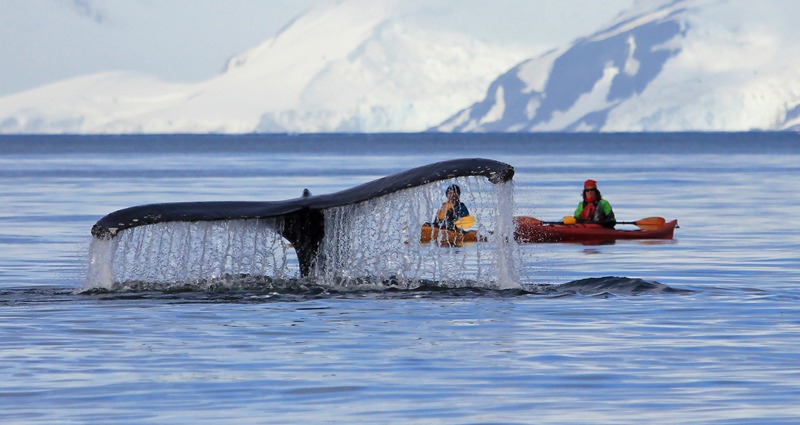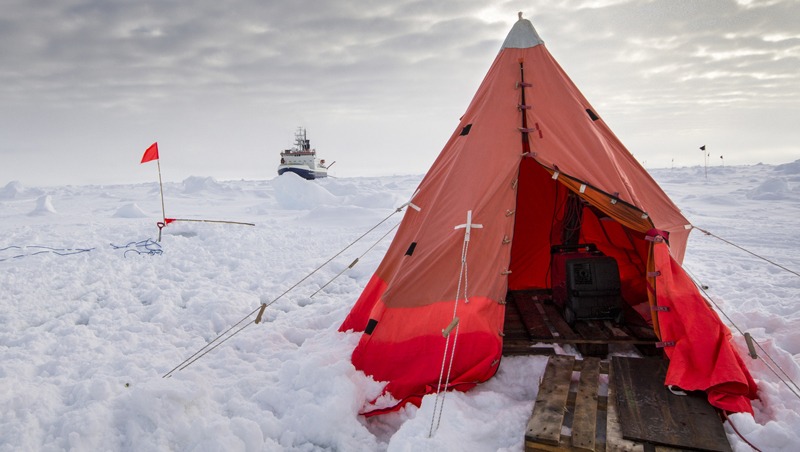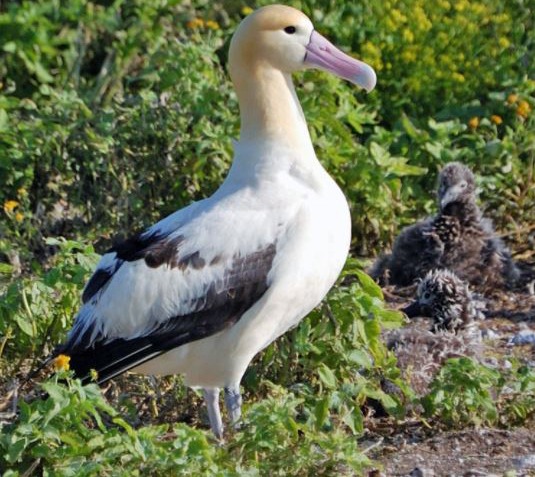Background
Antarctica would likely be the first thing that comes to mind if you think of a freezing place. For the record, it is the driest and coldest among the seven continents in the world. [1] This continent is located in the South pole, with about 5.5 million square miles (14.2 million square km), and is the fifth-largest continent globally. [2] Also, it comprises 90% of the ice in the Earth and would rise into 200 feet if melted into water, which is a horrifying possibility. Apart from the great coldness of the place, there were also interesting activities and awakening facts that would leave everyone’s jaw-dropping.
To further explore Antarctica, here is an exciting exploration from its history to its current situation.
Brief history
Located in the South pole, Antarctica is the most extensive desert and is widely covered with ice sheets that molded up through the years. It is often dark and has only two seasons: summer and winter. When it’s summer, the continent is tilted on the side of the globe near the sun and would tilt away on the other side in winter.
[3] Basically, it is divided into two locations: east and west. The ice sheets on the east are mainly composed of a high ice-covered plateau, while the ice sheets on the west cover the mountainous islands. The rain and snow do not normally occur there, but when it snows, it does not melt but just continually adds up until it becomes ice sheets. With that, Antarctica is wholly composed of massive ice or glaciers, ice shelves, and icebergs.
[4] The name Antarctica means the opposite of the arctic, and it was said that the Greeks were the first to determine it. It is said to be rooted in the bear constellation, “Arktos,” and they believe that to balance the Earth, there must be an opposite: the “Ant – Arktos.”
[5] In terms of actual exploration in the wildly cold place, in 1520, Europeans were the first to attempt to reach Antarctica. Ferdinand Magellan, a Portuguese navigator, pioneered exploration in South America. Then different explorers followed in the following years. James Cook, a British naval officer, was the first recorded explorer to circumnavigate the globe around 1772-1775. The next probable first witnesses of the Antarctic were recorded in 1820.
The first one is Fabian Gottlieb von Bellingshausen, a German officer in the Russian Navy who had a glimpse of a land-like pack of ice. The other one is Edward Bransfield, an officer in the Royal Navy who had seen the now considered mainland of the Antarctic peninsula. Lastly, Nathaniel Palmer, American sealing captain who had clearly seen the mainland-peninsula side of Orleans Strait.
[6] When World I and II occurred, the technologies have innovated too, making polar exploration much more manageable. On November 16, 1928, Australian explorer George Hubert Wilkins and Alaskan Bush pilot C.B. Eielson wandered “Deception Island” through a wheel-equipped Lockheed Vega monoplane. They have proved that using an aircraft is possible for observation in Antarctica and soon was followed by the Naval officer Richard E. Bryd. Bryd was, in fact, the first to fly over the South Pole on November 29, 1929.
Then from November 23 to December 5, 1935, Lincoln Ellsworth and his copilot Herbert Hollick-Kenyon followed the aerial expedition that had completed the flight. Since then, aerial projects have flourished and are helpful for researchers.
[7] In July 1955, the studies about Antarctica had broadened, and the proposed explorations were discussed at the First Antarctic Conference in Paris. Arguments over political claims on the continent, the twelve nations had to establish over fifty overwintering stations on the mainland and sub-Antarctic islands. Huge tractor traverses were used to build the U.S. Byrd Station in West Antarctica, while the Soviet Union’s Vostok Station and Amundsen-Scott Station of the United States were in the South.
In 1955-56, coastal bases were built. From there, studies about geomagnetism, glaciology, gravity measurement, ionospheric physics, meteorology, oceanography, and seismology were conducted.
[8] The First International Polar Year involved eleven nations from 1881 to 1884. The event’s purpose is for the betterment of the Arctic and to build the four geomagnetic and weather stations for Antarctic regions. In the recent fourth International Polar Year, 2007-08, the aim was to recommence the attention to the polar regions. Latest Investments were made to expound the studies about Antarctica with new research bases and supporting programs specifically on global environmental change. The program also includes social sciences, humanities, and medicine.
Size comparison of the seven continents
Economy
Source of Economic Activity
The economy of Antarctica is not as industrialized as the other continents do. In contrast, this place never stops to amuse everyone. In fact, the common economic activities here are Whaling, Sealing, and Fishing. Warm-blooded animals are abundant in the area to the extent that some marine species are almost extinct, like the Whales.
[1] In order to preserve the natural resources of Antarctica, fisheries are being regulated through the Commission for the Conservation of Antarctic Marine Living Resources (CCAMLR). The Protocol on Environmental Protection puts Antarctica’s natural resources for peace and science only. There are also parts in the area that need critical protection, so there are Antarctic Specially Protected Areas (ASPA), Antarctic Specially Managed Areas (ASMAs), and Historic Sites and Monuments (HSMs).
To further know the economic activities in Antarctica, keep on reading.
Whaling
As mentioned earlier, whaling is one of the primary economic sources on the continent. In the 1800s, the Humpback whales were the most targeted by fishing vessels. In 1940, the attention turned to the Blue Whales due to the innovative means of the fishery that could go faster in hunting. With that, almost 30,000 blue whales have been caught and almost endangered. But the whalers did not stop, and eventually, Fin whales became the new subject, with an approximate number of 27,000 captured. The following species, Sperm, Sei, and Minke, were also being caught by the fishermen around the coasts of Antarctica.
[2] Due to the threatening number of caught whales, the International Convention for the Regulation of Whaling (ICRW) was created and signed in 1946. Its goal is to preserve the Whale’s species in Antarctica, and in 1986, whaling was entirely prohibited in all acts. Yet, it was said that some countries had pursued this doings like Japan. Japan is, in fact, a member of ICRW but said that it was for scientific whaling in the Southern Ocean. Soon, in 2010, Australia sued the country, but Japan just redesigned the program.
Sealing
Like Whaling, Sealing is also in demand on the Commercial market. Captain James Cook was the first to witness the seals in South Georgia in 1775. Around the 1700s and 1800s, southern fur seals were so famous that they became material for the winter coats. Within twenty-five years, there had been approximately 100,000 caught seals per year. Sadly, by 1822, the southern fur seal had become extinct in South Georgia.
[3] This made the concerned people determined to create a solution. Through the Convention for the Conservation of Antarctic Seals of 1972, sealing became regulated and the seals protected. Under Annex II, It is prohibited to kill or catch Ross seals, elephant seals, or fur seals. It is also forbidden to kill or capture Weddell seals, one-year-old or older, between September 1 and January 31.
Under Annex III, between March and August is a closed season, in which the killing or capturing of seals is forbidden. Meanwhile, September until the last day in February is an allowed period for sealing. Under Annex 5 are the breeding areas where sealers are not allowed.
Fishing
Fishing is a big trading-related activity in Antarctica, and the catch is the Patagonian and Antarctic Toothfish, Mackerel Icefish, and Krill. The recorded catch of fish in the area from the latter year was 150,000 tons. There were reports of overfishing due to the continent’s abundance of marine life. In return, the Commission on the Conservation of Antarctic Marine Living Resources (CCAMLR), signed in 1980.
[4] Under CCAMLR, fifteen fisheries in three groups are subjects to observe: fisheries for krill using midwater trawls; fisheries for mackerel icefish using midwater trawls; and fisheries for two species of toothfish bottom set longlines. The only authorized fish vessels are approximately fifty, and the activity needs a justification process.
Tourism since 1957
Apart from the marine sources, the economy of Antarctica is also competitive in tourism. Since 1957, some expeditions to the area have already existed under the Antarctic Treaty and Environmental Protocol and were regulated by the International Association of Antarctic Tour Operators (IAATO). Through commercial ships, every year, about 70,000 tourists visit Antarctica.
Type of Tourism | Number of Vessels | Number of Departures | Total Number of Passengers |
AATO Traditional Seaborne Tourism Peninsula | 36 | 289 | 49,806 |
AATO Seaborne Tourism Ross Sea / Continental | 4 | 7 | 514 |
AATO Sailing Vessels / Yacht Tourism Peninsula | 12 | 23 | 165 |
AATO Air-Cruise Peninsula | 12 | 78 | 4,679 |
IAATO Large Ships / Cruise-Only Peninsula | 6 | 11 | 18,506 |
IAATO Deep-Field Tourism | 6 Operators | N/A | 731 |
Figure 1: [5] 2019-2020 IAATO activities for the Antarctic season
Since tourism in Antarctica is quite blowing up, the cruise ships must be sturdy enough because there are no other means to get there. [7] Meanwhile, there are general requirements for the polar ships to avoid crashing with the ice packs.
- Strong and rounded hulls
- Reinforced bows
- Retractable propeller and rudder
- Skewed bows
- Powerful engines
- Well insulated on the inside
- Plenty of storage space
- Supply of ice anchors
- Entertainments
Available Jobs
[8] Antarctica also needs laborers even though it is not a country. But the available jobs were not as plentiful as everyone could expect. Mainly, researchers and scientists are the ones residing in the stations in the area. But the job can vary between Glaciologists, Geologists, Chemists, Atmospheric physicists, Meteorologists, Oceanologists, and Biologists. Other jobs that can help maintain the bases and its personnel are Cook, Electrician, Carpenter, Boat handler, Mechanic, Plumber, Radio operator, Doctor, Diving officer, and firefighter.
Concerning the process of how to get a job in the continent, here are some collated ways on how to do it.
- Have Courage. As mentioned earlier, scientists are not the only ones needed at the bases because there must be supporting occupations. Practical skills like Carpenters are also important because there is still some infrastructure in the area.
- Be a Sport. In a place wherein only a few occupants are residing, it is a must to be a good company. It is important to not let the stress and a little nuisance tire you out because it’s just a small area, so making a fuss is not worth it.
- Be Flexible. It’s an advantage to have extra knowledge even if you’re employed in a specific role. Because the area is far from the other countries, the skills around there must be complex, so there will be a solution for some circumstances. But take note that it doesn’t make sense to do any task that isn’t given to you or is not highly urgent.
Each year The United States Antarctic Program deploys about 3,000 workers in Antarctica. [9] Based on their rules, the only things not allowed in the programs are:
- Private expeditions by mountain climbers or adventurers
- Visits to promote commercial products
- Photography (except as in the Artists and Writers Program, or media visits)
- “Space-available” passage on support aircraft flights
- Sightseeing or other superficial visits
If anyone is interested, there are different agencies wherein Americans can send applications like the National Science Foundation (NSF), NSF Office of Polar Programs (OPP), Leidos, and University of Texas Medical Branch-Polar Operations. To get direct information, go to USAJOBS, an official United States Federal Government website.
Government
Interestingly, Antarctica is a continent that has no government itself. Technically, the continent cannot be considered a country since there are no citizens, no political system, and no president. [1] Yet, it is under a de facto condominium or shared sovereignty of different states. [2] Initially, seven countries claimed parts of it: Argentina, Australia, Chile, France, New Zealand, Norway, and the United Kingdom. [3] In 1959, the Antarctic Treaty system was signed by twelve states, including Argentina, Australia, Belgium, Chile, France, Japan, New Zealand, Norway, South Africa, the Soviet Union, the United Kingdom, and the United States.
Antarctic Treaty System
source: Antarctic_Treaty_flag.svg: Alakasam.derivative work: B1mbo, CC BY-SA 3.0, via Wikimedia Commons
[4] On December 1, 1959, twelve countries agreed on the Antarctic Treaty System. Their participation was recognized since Geophysical Year (IGY) of 1957-58. Strictly, the access in the area is for peaceful purposes and prohibits military activities, except for scientific research; prohibits nuclear explosions and the disposal of nuclear waste; promotes scientific research and the exchange of data, and no territorial claims.
[5] As a support for the Antarctic treaty, on October 4, 1991, the Protocol on Environmental Protection was created and signed in Madrid. [6] The protocol solemnly puts Antarctica into a “natural reserve, devoted to peace and science,” with six annexes:
- Annex I: Environmental Impact Assessment
- Annex II: Conservation of Antarctic Fauna and Flora
- Annex III: Waste Disposal and Waste Management
- Annex IV: Prevention of Marine Pollution
- Annex V: Area Protection and Management
- Annex VI: Liability Arising from Environmental Emergencies
[7] Annex I to IV and the protocol itself were adopted in 1991. Annex V was adopted by the 16th Antarctic Treaty Consultative Meeting (ATCM) in the same year, while The 28th ATCM adopted Annex VI in Stockholm 2005.
[8] The Antarctic Treaty Consultative Meeting (ATCM) has been the governing body of the Antarctic treaty since 1993 with the Consultative parties. The other involved in the meetings is the Scientific Committee on Antarctic Research (SCAR); Council of Managers of National Antarctic Programs (COMNAP); Commission for the Conservation of Antarctic Marine Living Resources (CCAMLR); Antarctic and Southern Ocean Coalition (ASOC); International Association of Antarctica Tour Operators (IAATO), and International Union for Conservation of Nature and Natural Resources (IUCN).
ATCM talks about the protection of Antarctica and its protocols. It happens annually, hosted by the involved countries in alphabetical order. The primary topic is “Legal and Institutional Matters,” “Operational Matters,” and “Tourism.”
Flag of Antarctica
[9] Even if Antarctica is not a country, it has had a flag since 2002, approved by the Antarctic Treaty Organization. Yet, there is still no official flag for it, but different designs were proposed through the years. Above anything else, Antarctica’s flag represents its distinctiveness and environment. The recent one was the True South flag, designed by Evan Townsend. He was fascinated by how the Pride flag earned acknowledgment, which inspired him to create the Antarctic flag.
source: True South Flag, CC0, via Wikimedia Commons
[10] The peak has no particular definition, but it lets everyone think of any of the landscapes in the continent. Below the peak is the compass that symbolizes Antarctica’s location. In a holistic view, it’s a diamond shape that means peace and harmonious cooperation. The color of the flag describes the beauty of the continent. Like Townsend says, “Antarctica is a place of really strong visual contrasts.”
[11] Other related flags that have been attributed to Antarctica are The Emblem of the Antarctic Treaty, Whitney Smith Design, Scottish National Antarctic Expedition Flag, and Graham Bartram’s design.
People
Population
Figure 1: [12] Antarctica Population 2021
Clearly, Antarctica is not a country so it has no native citizens as well. Due to its far distance and vicious climate, before, humans couldn’t endure the continent. [13] In 1899, with the advent of technology, explorers had finally set foot there. Until today, it still has no permanent population, but it does have visitors and researchers that occupy the area for scientific purposes at the 66 bases.
If someone thought of creating a settlement on the continent, it’s not allowed. Before going there for a trip, people must request permission from their government and justify their intentions. These restrictions are part of the Antarctic Treaty.
Tourist
[14] By 2015-16, there have been 38,478 visitors in Antarctica. But that didn’t just occur in the latest years because, in the 1950s, Chile and Argentina, with some passengers, had already wandered to the area. The means of travel in the continent is through ship vessels. By 2016-17, 65 vehicles were registered with IAATO for travel purposes. Shore-based visits only last for 1-3 hours and consist of 100 passengers. Strictly, visitors must comply first with the Environmental Protocol of the Antarctic Treaty.
Religion
Figure 2: [14] Antarctica’ rank of religion
Tracing back to the 18th century, religion in Antarctica already existed, and Christianity was said to be the first one. Today, there are different religions on the continent. Since there is quite a bit of stress and pressure on the different types of scientific research that are continuously developing, it seems important for researchers and scientists to want to adhere to their religious beliefs.
Environment
Types of Animals Living in Antarctica
It might be impossible to think that Antarctica has biodiversity by just looking at its freezing climate. Well, the answer is it’s possible. Apart from the researchers, this continent also has wonders of the animal kingdom, and some might be familiar already. Most animals there are seals, whales, seabirds, and fish. To closely meet these amusing inhabitants, here are the other Antarctic animals.
Emperor Penguins (Aptenodytes Forsteri)
[1] Penguins could be the most adorable creature on this planet. They might look all the same, but penguins have variations too, and one of them is the Emperor. The Emperor penguins weigh 30kg – 66lb, 115cm – 3.8ft tall, and consume fish, krill, and squid. Their normal resting heartbeat is about 60-70 beats per minute (bpm), and it can go up to 180-200 bpm before diving. If humans have Michael Phelps, Emperor penguins can dive in a depth of 1,800 feet (550 meters), almost reaching the seabed, and maximize oxygen from their muscles. Once they return back on the ground, their heart rate will return to 200 bpm.
Emperor penguins have parenthood too. The breeding is at a depth of winter season with the temperature around -20°C (-4°F) to -50°C (- 58°F). At the same time, the wind can blow up to 200km per hour. After the delivery of females, they will give the egg in the male’s custody and will soon leave. The male Emperor penguins will shed the egg under the stomach skin, between their feet. For them to stay warm against the freezing temperature, the pack of penguins sticks together and almost won’t leave the state until four months. If the mother doesn’t arrive yet after the hatching, the father will feed the baby with his reserved fats or milk.
Whales
The species of whales are under the classification of mammals because they also rise on the sea surface to regain oxygen. [2] The different types of whales which can be found in Antarctica are the Killer, Sperm, Humpback, Southern, Antarctic blue, Sei, Antarctic Minke, and Fin whale. Like the penguins, Whales also have a high level of Myoglobin that allows them to dive deeper and resource oxygen from muscles.
Whales are wandering from the oceans of the South and North poles. Like an athlete, Whales should have good body composition to survive too. [3] With that, they need thick layers of blubber (fat) to keep their body in heat; echolocation that helps them navigate the sea when searching for food or avoid threats; strong lungs; good hearing; and larger arteries that will help run the blood to organs. If maintained, their existence in the freezing region would last longer.
Antarctic Krill (Euphausia Superba)
There are five species of Krills in the Antarctic ocean, but the most common is the Antarctic Krill. [4] Krills might be too tiny and look fragile to survive, but they also have big significance. They have resemblance in shrimp due to their traits: semi-transparent Crustacean has red spots in the body, about 6 cm, and two inches in length. Krills belong to zooplankton, mainly whales’ prey, but the fortunate ones can live up to five to ten years.
[5] The process of their growth is through the molting of a shell or exoskeleton. The Krills are one of the small but terrible because they can endure starvation for more than 200 days. In terms of breeding, the duration can last for five months and produce 8,000 eggs per brood. Their food is phytoplankton or microscopic ocean plants sustained by the right amount of light and consumed every night on the upper column of the sea. But during winter, there are instances that they shrink due to starvation and the lack of light source for the food. So, Antarctic Krills resort to algae beneath ice packs.
Climate Change and its Effect
Different coastal types around Antarctica
Antarctica has an average temperature of −128.6 °F (−89.2 °C). [6] In August 2010, the recorded lowest temperature of the continent was -94.7Celsius (-135.8Fahrenheit), [7] while the ice sheets extended about 14 million square kilometers (5.4 million square miles).
[8] Apparently, the West coast of Antarctica has been warming up for the last fifty years and has increased over 1°C. Since the 1950s, 25,000 km2 of ice shelves have retreated, and one of the largest ice shelves, Ronne-Filchner, is also slowly retreating. Some glaciers and ice shelves have parted and are melting the reducing ice sheets result in outgrowing plants. It also affects the number of Krills and the situation of penguins.
It is terrifying to think what worst could happen if global warming continues to heighten with all those events. The world today is too busy that, unconsciously, some convenience to humans means consequences to nature. [9] The factors can be rooted in CO2 emissions, which involve burning fossil fuels, heat, and transportation.
Despite these facts, there are several things humans can do, even in the simplest way, to help save Antarctica. [10] One of them is the reduction of greenhouse gas emissions by considering creating rooftop solar panels, solar water heating, small-scale wind generation, and geothermal energy instead. [11] Other suggestions are implementing the importance of Climate Science globally, choosing economical vehicles, and practicing recycling things and proper segregations.
Importance of Antarctica to the World
Evidently, Antarctica plays a significant role in maintaining the climate and oceans on Earth. [12] The continent is composed of about 13,000ft (4km) thick, extending to 8,500,000 square miles (13,661,000 square kilometers) with an average height of 8,200ft (2500m) on Earth. Antarctica is also considered a desert, which is the largest in the world with 5.5 million square miles. Although it has no established civilization, unlike the other continents, it still possesses biodiversity.
[13] The continent greatly contributes to the weather, atmospheric pressure, humidity, air temperatures, and wind patterns on Earth. Without its presence, the temperatures won’t be tolerable, and the food chain on the marine ecosystem is incomplete without the tiny planktons, which are rich in the South pole. Various advocacies, studies, and organizations like the Commission on the Conservation of Antarctic Marine Living Resources (CCAMLR) were continuously developing to avoid the worst. But anyone can help by being disciplined and grateful for the natural resources in the universe.
Tourist Destinations
The magnificent and world’s 5th largest continent of the globe, approximately 5.5 million square miles or 14.2 million square kilometers, is the coldest part of the Earth. Antarctica is an uninhabited area for people because of its very low temperature. But many tourists and researchers from different countries want to experience and explore the sceneries and wildlife inhabited in Antarctica.
If you want to learn more about the different tourist attractions found in Antarctica, continue reading.
Antarctic Peninsula
source: Gi, CC BY-SA 3.0, via Wikimedia Commons
The northernmost part of Antarctica. It is the sanctuary of many large and different polar wildlife. Tourists go there because of its scenery, unique species of large whales, and amazing ice at towering formations.
Drake Passage
source: Lomvi2, CC BY-SA 3.0, via Wikimedia Commons
Drake’s passage is between South America and Antarctica. It is known for the wild-ride and adventurous sailing because of giant waves and strong winds spanking the cruise. Tourists are amazed by the many bird species such as giant albatross, large humpback whales with humpback, orca, or killer whales. Their fins have mostly appeared.
Falkland islands
source: Ben Tubby, CC BY 2.0, via Wikimedia Commons
The Falkland Islands are bountiful when it comes to biodiversity. This island is near the Arctic Peninsula and most visited by tourists. This island has four distinct species of penguins together on the shoreline. Here, can also be seen the giant albatross gliding above the skies. As well as the Historic Dockyard Museum, monuments, and cemeteries, because there are small villages on these Islands.
South Georgia
South Georgia is an island in the Southern Atlantic Ocean, the most visited site in the region. It is the Alps in mid-ocean, low-lying grasslands covered by mountains. The tourist explores and witnesses the beauty of the scenery of glaciers and fjords in Fortuna Bay. One of the places with penguin colonies and seals, that’s why tourism became popular.
Port Lockroy
source: Harley D. Nygren, Public domain, via Wikimedia Commons
This port located on the north-western shore of Wiencke Island is famous because of its historical attributes. Originally this was a whaling station in the form of a military base during World War 2, and today became a research station. Half of its land is closed because penguins are allowed to grow in number. Here can be located the Penguin Post Office and Bransfield House.
Landmarks
Mount Erebus
source: Richard Waitt, U.S. Geological Survey, Public domain, via Wikimedia Commons
The 2nd highest and most active volcano in Antarctica in Ross Island measured about 12,488 ft. high.
Polar Ice Caps
Antarctica is a very cold place. It is like a large freezer because of its thick layers of ice.
Ross Ice Shelf
It is the massive floating ice sheet connected to the land of Antarctica. It has 600-3000 feet and almost 600 miles. The cliff measured about 200 feet high.
Vinson Massif
Other famous landmarks in Antarctica are the high mountains. Many mountaineers want to climb its peak because of its fantastic scenery. The sun still rises even at night.
Activities
source: PaleoMatt, CC BY-SA 4.0, via Wikimedia Commons
Many activities were held in Antarctica, watching and bonding with colonies of penguins scattered in different places. One of the best spots for sighting penguins is the emperor penguins located on Snow Hill Island in the Weddell Sea.
- Kayaking – while watching the beauty of Antarctic glaciers and icebergs, surfacing whales while kayaking is some of the best things you will experience.
- Observing whales and plucking penguins in the cruise is the chief attraction on Antarctica. Sailing in tourist spots like Cuverville, Danco, Petermann, and Pléneau Islands is the perfect part of sighting whales.
- Camping while digging snow and watching Southern Hemisphere skies are great to experience in Paradise Bay in Lemaire Strait, Port Lockroy, and Errera Channel.
- Bird-watching, different species of giant birds will be found in Antarctica. Watching Albatross gliding is one of the favorites to see.
Jlfutari at English Wikipedia, CC BY-SA 3.0, via Wikimedia Commons
Interesting Facts
- The geographic South Pole is located in Antarctica. The spot wherein the imaginary axis of the Earth intersects on this surface.
- There is ice formation on Mount Erebus. The streams freeze, forming almost up to 30 feet of ice towers.
- Deep Lake stays liquid in a form of its negative 4 degrees Fahrenheit (-20 degrees Celsius).
- Scientists found a hole in the atmosphere ozone layer in Antarctica.
- The male Emperor penguins stay in the Antarctic continent during winter. It had warm-blooded animals. The male penguin stays with their little chicks to warm them.
- No trees and shrubs are found in Antarctica.
- The katabatic winds blowing in Antarctica have speeds of up to 200 mph, 320 km/h, like strong winds and the speed of a hurricane.
- There are no indigenous people in Antarctica.
- Emile Marco Palma was the first child born on this continent in January 1979.
- In early 2012, Felicity Aston was the first person to ski in Antarctica. She traveled almost 1,084 miles in 59 days by her strength.
- Almost 20,000 tourists visited the Antarctic Peninsula in 2011. According to the record of the International Antarctica Tour Operators
- Antarctica is dark during the winter months. The sun disappears because of Earth tilting.
- Nematode worms are more abundant than penguins.
- Lake Vostok is buried under Antarctic ice, freshwater below 2.5 miles or 3.7 kilometers thick ice.
- Mount Erebus is an Antarctica active volcano.
- There are more than 60 research stations from 30 different countries, with research galore in Antarctica.
- Antarctica is dedicated to peaceful research activities. The Antarctic Treaty was signed on December 1, 1939, by 12 countries.
- Antarctica was covered by ice.
- Antarctica was spotted around 1820 and discovered by accident.
- The circumpolar current is the world’s largest wind-driven current in Antarctica.
CONCLUSION
Antarctica seems to be one of the wonders of this world. It offers a relaxing ambiance, jaw-dropping scenery, unique trips sighting surpassing whales while on a cruise, and waving of colonies of penguins is a great experience for tourists. In this place, you will forget many anxieties for a moment. It promotes good mental health to the people who will explore around in many tourist spots. The natural healing process of nature is through the amazement offered by this kind of place. Everyone can freely visit this kind of God-given place unto humankind, just set our limitations and protect this Earth.
References
- https://www.britannica.com/place/Antarctica/Climate
- https://www.nasa.gov/audience/forstudents/k-4/stories/nasa-knows/what-is-antarctica-k4.html
- https://www.livescience.com/43881-amazing-antarctica-facts/5.html
- https://www.bookmundi.com/t/top-10-things-to-do-in-antarctica
- https://oceanwide-expeditions.com/blog/top-10-antarctic-attractions
- https://www.livescience.com/21677-antarctica-facts.html
- https://www.coolantarctica.com/Antarctica%20fact%20file/wildlife/Emperor-penguins.php
- https://www.worldwildlife.org/magazine/issues/fall-2019/articles/the-whales-of-antarctica
- https://www.whalefacts.org/whale-adaptations/
- https://www.coolantarctica.com/Antarctica%20fact%20file/wildlife/krill.php
- Antarctic krill – Australian Antarctic Program (antarctica.gov.au)
- http://www.theguardian.com/world/2013/dec/10/coldest-temperature-recorded-earth-antarctica-guinness-book
- https://nsidc.org/cryosphere/quickfacts/icesheets.html
- https://discoveringantarctica.org.uk/challenges/sustainability/impacts-of-climate-change/
- Sources of Greenhouse Gas Emissions | US EPA
- https://www.c2es.org/content/what-we-can-do/#:~:text=Greenhouse%20gas%20emissions%20can%20be,renewable%20hydrogen%2C%20and%20geothermal%20energy.
- https://www.coolantarctica.com/Antarctica%20fact%20file/science/Top_ways_to_save_the_poles.php
- https://antarctic-logistics.com/about-antarctica/antarctic-environment/#:~:text=for%20scientific%20research.-,Climate,near%20the%20coast%20in%20summer.
- https://soe.environment.gov.au/theme/antarctic-environment/topic/2016/global-importance-antarctica
- https://www.auroraexpeditions.com.au/blog/who-owns-antarctica/
- https://www.antarctica.gov.au/about-antarctica/people-in-antarctica/who-owns-antarctica/
- https://2009-2017.state.gov/t/avc/trty/193967.htm
- https://www.ats.aq/e/antarctictreaty.html
- https://www.ats.aq/e/protocol.html
- https://www.antarctica.gov.au/about-antarctica/law-and-treaty/the-madrid-protocol/
- https://www.ats.aq/e/protocol.html
- https://www.umweltbundesamt.de/en/antarctic-treaty-consultative-meeting-atcm
- https://www.auroraexpeditions.com.au/blog/who-owns-antarctica/
- https://www.truesouthflag.com/flags-of-antarctica
- https://www.truesouthflag.com/flags-of-antarctica
- https://worldpopulationreview.com/continents/antarctica-population
- https://www.coolantarctica.com/Antarctica%20fact%20file/science/can_you_live_in_antarctica.php
- https://www.worldatlas.com/articles/religious-composition-of-antarctica.html
- https://discoveringantarctica.org.uk/how-is-antarctica-governed/geopolitics/conservation/
- https://www.animallaw.info/intro/whaling-antarctic
- https://www.bas.ac.uk/about/antarctica/the-antarctic-treaty/convention-for-the-conservation-of-antarctic-seals-1972/
- https://www.fao.org/fishery/rfb/ccamlr/en
- https://iaato.org/wp-content/uploads/2020/07/IAATO-on-Antarctic-visitor-figures-2019-20-FINAL.pdf
- https://infogram.com/the-international-association-of-antarctica-tour-operators-iaato-visitors-by-nationality-1hzj4o3x3wr034p
- https://www.coolantarctica.com/Community/find_a_job_in_antarctica.php
- https://www.coolantarctica.com/Community/find_a_job_in_antarctica.php
- https://www.usap.gov/jobsandopportunities/
- https://www.britannica.com/place/Antarctica
- https://www.nasa.gov/mission_pages/icebridge/multimedia/fall11/antarctica-US.html
- https://www.britannica.com/place/Antarctica
- https://global.hurtigruten.com/destinations/antarctica/inspiration/history-of-antarctica/
- https://www.britannica.com/place/Antarctica/History#ref24726
- https://www.britannica.com/place/Antarctica/Discovery-of-the-Antarctic-poles#ref24729
- https://www.britannica.com/place/Antarctica/The-Antarctic-Treaty#ref344632
- https://www.pmel.noaa.gov/arctic-zone/ipy.html

